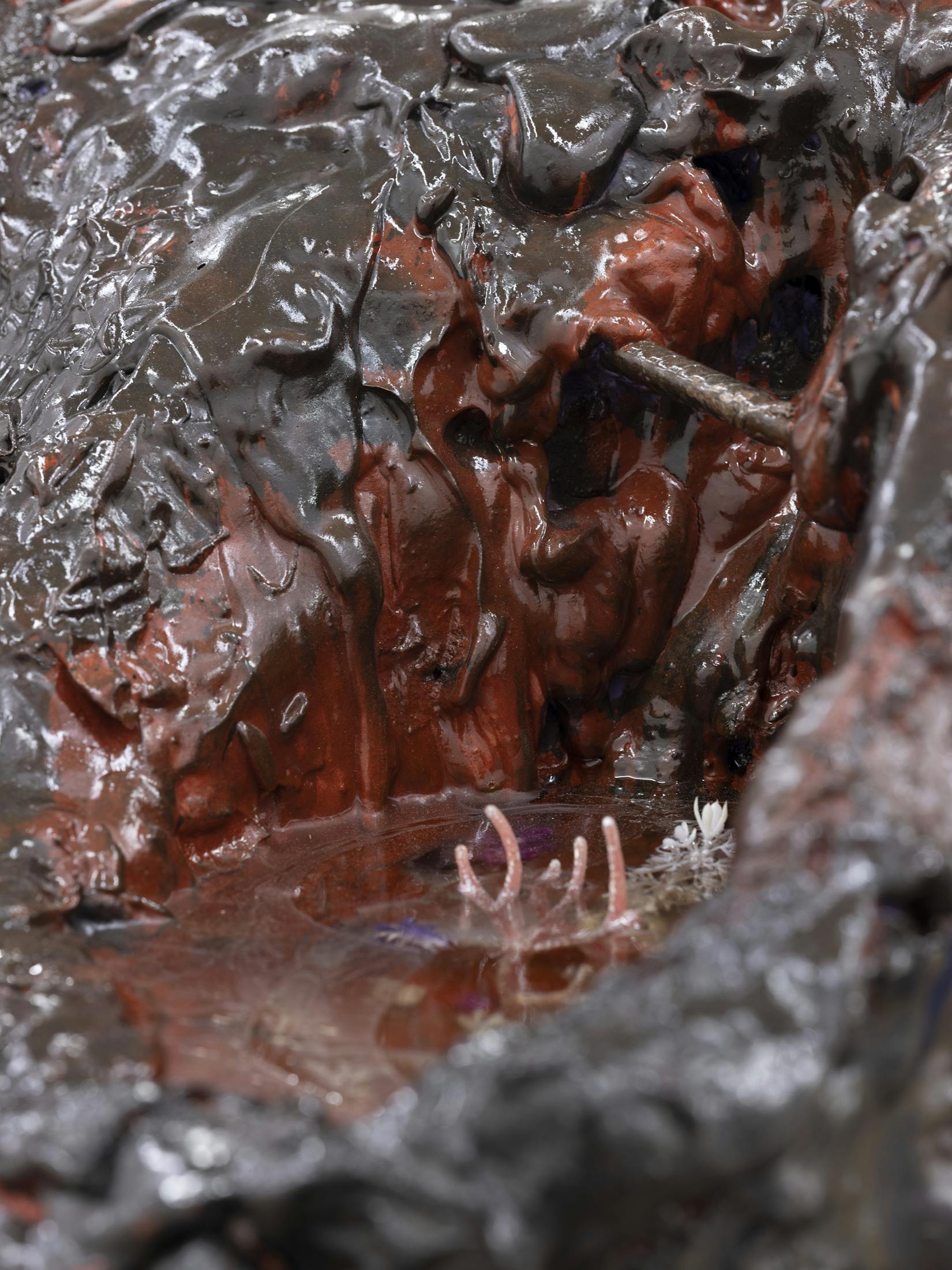Interference is an investigation into the creation of systems and ecosystems through unique coding languages. The exhibition, which emerged from an interest in the dialogue between art and engineering, has cybernetics—understood as the study of systems that entail a cause-and-effect relationship—at its core. The three works created especially for this exhibition are based in logics that internally responds to their own rationality, however when seen from outside—for example, by viewers in a physical space—they become ambiguous. It is just this tension between systematic logic and perception that this exhibition interrogates, as it blurs the lines between the human, the organic, and the technological.











